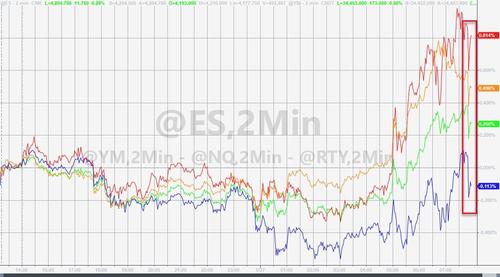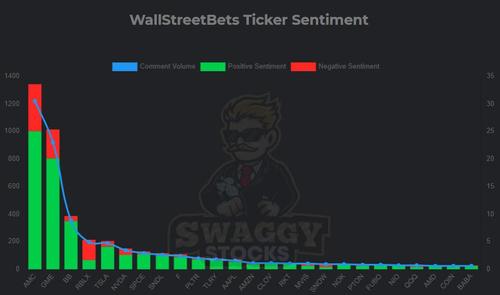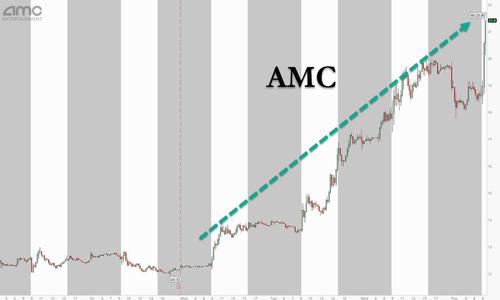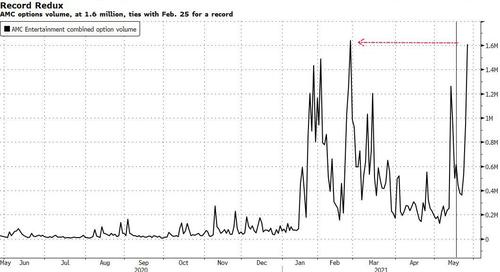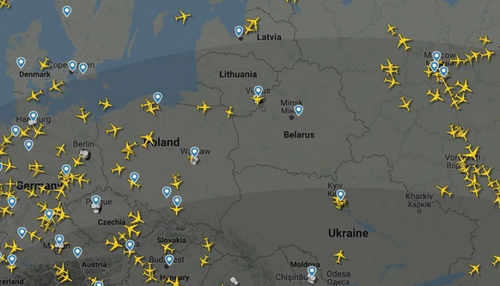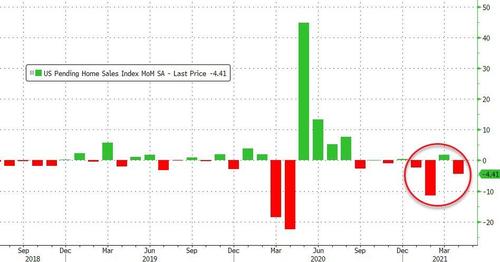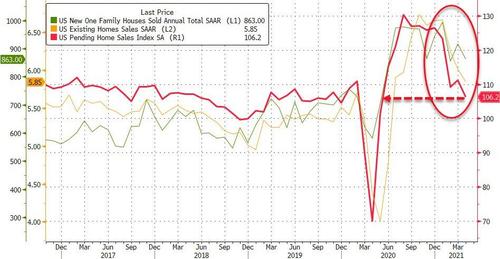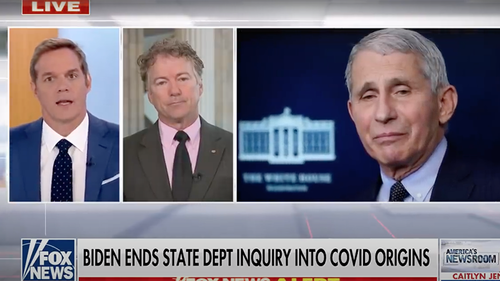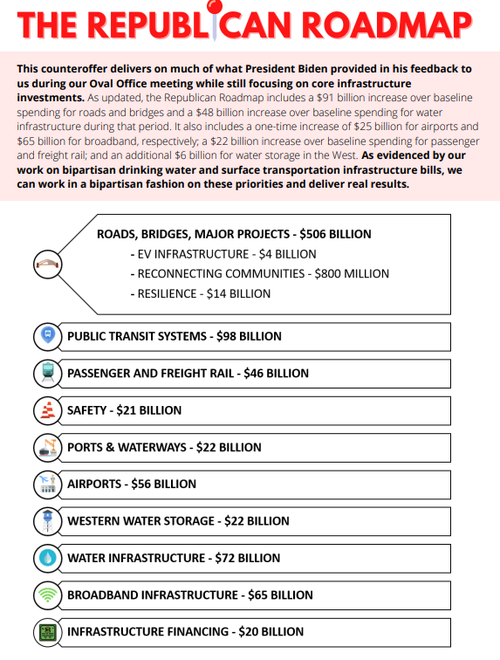Mask use was associated with slowed COVID-19 spread, but only during periods of low case growth. A new study suggests state mask mandates didn’t help slow COVID-19 transmission. The pre-publication study found “qualitatively comparable courses of viral spread” among states with early, late, and no mask mandates.
Mask use—defined as “the percentage of people who always wear masks in public settings”—was associated with slower spread during low-transmission periods. But it was not associated with slower spread during high-transmission periods.
Going into the study, lead author Damian D. Guerra, an assistant professor of biology at the University of Louisville, and co-author Daniel J. Guerra, of VerEvMed, “hypothesized that statewide mask mandates and mask use are associated with lower COVID-19 case growth rates.” To test this hypothesis, they compared COVID-19 case growth in the 33 states that imposed statewide mask mandates on or before August 2, 2020, with those that imposed mask mandates after this date and those that didn’t have mask mandates at all, using data from the Centers for Disease Control and Prevention and the Institute for Health Metrics and Evaluation at the University of Washington.
Their results don’t tell us that mask wearing was useless—many people wore masks in public regardless of mandates, many businesses required them regardless of mandates, and many people and businesses ignored them or only sometimes complied. In addition, not all face coverings are created equal, and many people who wore them didn’t do so in an optimal way. It’s hard to say how much any of that helped or hurt. A lot of COVID-19 spread occurred between family members and in places where mask mandates didn’t apply and mask wearing wasn’t common. That may not have varied much between states regardless of whether they had mandates and/or generally high public mask usage.
However, the study does add to evidence that mandating mask use may have made little difference. “Case growth was not significantly different between mandate and non-mandate states at low or high transmission rates,” they found.
The research has not yet been peer-reviewed, and may still prove to be flawed. But it does line up with some other data points on mask mandates. For instance, Texas saw no case spike when it lifted its mandate in early March. And an April 2021 analysis saw states with stricter rules about face coverings and indoor dining faring worse than states that did not.
This goes against many people’s assumptions—including those of this study’s authors.
Contrary to our hypothesis, early mandates were not associated with lower minimum case growth. Maximum case growth was the same among states with early, late, and no mandates. This indicates that mask mandates were not predictive of slower COVID-19 spread when community transmission rates were low or high.
We wondered if mask mandates were associated with smaller or slower surges in case growth. Differences between minimum and maximum case growth were similar among early, late, and no mandate states, and surges from minimum to maximum growth occurred at similar rates. These findings suggest that mask mandates are not predictive of smaller or slower shifts from low to high case growth.
The authors also “speculated that statewide mask use, rather than mask mandates per se, may predict COVID-19 case growth.” This hypothesis fared slightly better, but still didn’t hold up for situations when case growth was high.
“Data suggest that mask use is a poor predicter of COVID-19 growth at the state level,” they conclude. “Our findings do not support the hypothesis that SARS-CoV-2 transmission rates decrease with greater public mask use.”
They do note several limitations on the study, including the fact that it only looked at confirmed and probable COVID-19 infections and not things such as hospitalization and mortality rates. This leaves open the possibility that mask use could have some positive outcomes (such as decreased severity of cases) even if not predicting overall spread.
But the research suggests that mandating mask usage didn’t turn out to be the magic bullet that many hoped it might be.
FREE MINDS
The American Civil Liberties Union (ACLU) and Planned Parenthood are suing over Arkansas’ abortion ban:
FREE MARKETS
Midwestern cities have become immigration hubs. Metropolitan areas with the fastest-growing population of foreign-born residents include Columbus, Ohio, and Des Moines, Iowa, new Heartland Forward research says. “In the past decade, they have attracted newcomers at a much faster pace than historical magnets of immigration like New York City or Los Angeles,” notes Bloomberg.
Overall, the heartland, which includes 20 central U.S. states, has seen the share of its population born outside the U.S. jump to 31.1% in 2019 from 23.5% in 2010, according to Heartland Forward, which analyzed Census Bureau data.
In urban centers such as Des Moines, Columbus and Louisville, Kentucky, the number of foreign-born people has jumped more than 40% in the decade through 2019. During that time, that number rose about 5% in the New York City metro area, while in Los Angeles, it declined.
QUICK HITS
• Nine people were killed when a Santa Clara Valley Transportation Authority employee opened fire at the light rail hub where he worked yesterday. The shooter “died of a self-inflicted gunshot wound, and other employees were among the victims,” according to USA Today. Police spokesperson Russell Davis didn’t say “what kind of weapon the suspect used or whether he had a firearm license. A motive was not immediately clear.”
• “If the Lab-Leak Theory Is Correct, What’s Next?” asks The Atlantic.
• Phoenix cops and prosecutors declared ACAB—a protest slogan short for “all cops are bastards”—to be a criminal gang so that it could arrest anti–police brutality protesters who were chanting it.
• Reason‘s Peter Suderman tackles the latest bogus antitrust claims against Amazon.
• The NAACP says arresting a teen for a racist Snapchat post isn’t enough. The ACLU says it’s unconstitutional.
• Veronique de Rugy dissects the Child Tax Credit.
• Nick Gillespie talks to Freddie deBoer about “the surprising overlap between Marxists and libertarians when it comes to a range of current policy issues.”

from Latest – Reason.com https://ift.tt/3vtqyNM
via IFTTT
